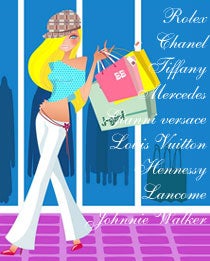Looking for more insights?
Sign up to stay informed about our latest article releases.
The luxury lifestyle is hot, as evidenced by the 2007 Millionaire Fair held in Shanghai in June. The show, twice as big as the one in 2006, displayed 150 top global brands to 14,000 mainly middle-class consumers. Already the third-largest global market for luxury goods, China is poised to eventually take over the number one spot. What is behind this growth in luxury goods, and in what ways is the China market unique? China Knowledge at Wharton explores these issues.

Sign up to stay informed about our latest article releases.